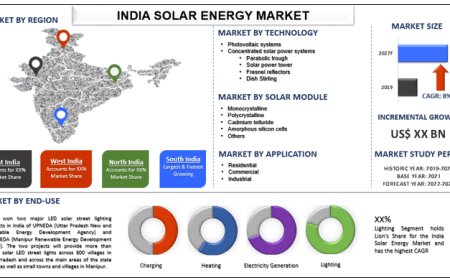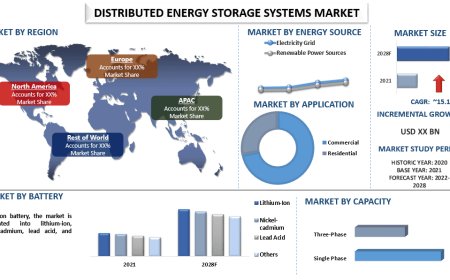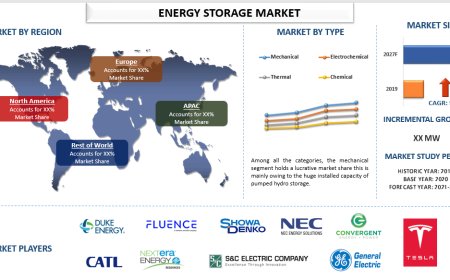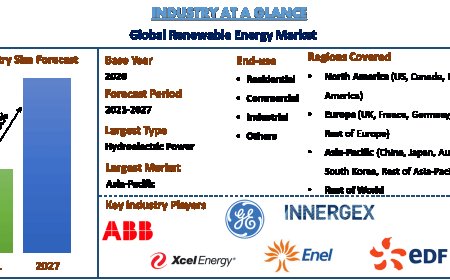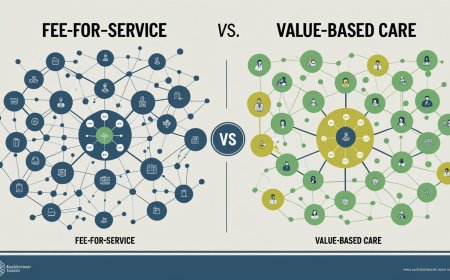Converting Plastic Waste to Energy: A Market on the Rise
The Plastic to Fuel Market is gaining momentum as global concerns about plastic pollution and fossil fuel reliance escalate.

Market Overview
The Plastic to Fuel (PTF) market is emerging as a sustainable and innovative solution to two of the worlds most pressing challenges: plastic pollution and fossil fuel dependency. Through advanced chemical processes like pyrolysis, catalytic depolymerization, and gasification, plastic waste can now be converted into usable fuels such as synthetic crude, diesel, and even aviation-grade fuel. This market presents a dual benefit reducing environmental waste and generating alternative energy sources.
Market Drivers
Plastic Waste Crisis: With over 300 million tons of plastic waste produced annually, the need for alternative disposal methods is urgent. PTF technologies offer a promising pathway to reduce landfill overflow and ocean pollution.
Energy Demand & Oil Prices: As global energy demands rise and oil prices fluctuate, fuel derived from waste plastics becomes a viable supplement to conventional fossil fuels.
Government Policies & Incentives: Many governments are promoting circular economy models and providing grants or tax incentives to plastic recycling and fuel conversion facilities.
Technological Advancements: Continuous R&D has led to efficient pyrolysis reactors and scalable plant designs, reducing operational costs and improving fuel yield.
Key Technologies
Pyrolysis: The most widely used technique, it heats plastic in the absence of oxygen to break down long polymer chains into smaller hydrocarbons.
Gasification: Converts plastic into synthesis gas (syngas), which can be used for electricity or further processed into liquid fuels.
Depolymerization: Breaks down plastics back to their monomers, allowing fuel-grade outputs like naphtha or diesel.
Market Segmentation
By Technology: Pyrolysis, Gasification, Depolymerization
By End-Product: Diesel, Petrol, Synthetic Crude, Heating Oil, Others
By Plastic Type: Polyethylene (PE), Polypropylene (PP), Polystyrene (PS), Mixed Plastic Waste
By Region: North America, Europe, Asia-Pacific, Latin America, Middle East & Africa
Regional Insights
North America: Dominates the market due to strong environmental regulations and private-sector investments in sustainable technologies.
Europe: Stringent EU directives on waste management and growing preference for clean energy are driving adoption.
Asia-Pacific: High plastic production and weak recycling infrastructure create demand for plastic-to-fuel projects, especially in India and China.
Market Challenges
High Capital Cost: Initial setup for processing units is expensive and often requires government subsidies.
Regulatory Hurdles: Many regions lack clear classification of plastic-derived fuel, complicating market entry.
Emission Concerns: While cleaner than landfilling, PTF still involves combustion and may release some pollutants if not properly managed.
Key Players
Plastic2Oil Inc.
Agilyx Corporation
RES Polyflow
Vadxx Energy
Green EnviroTech Holdings Corp.
These companies are leading technological innovation and plant deployment, with a focus on commercial-scale operations.
Future Outlook
The global plastic to fuel market is expected to grow at a CAGR of over 10% in the coming years. As environmental regulations tighten and public awareness of plastic pollution increases, the PTF industry is likely to become a cornerstone of sustainable energy strategies.
With continued investment in infrastructure, policy reform, and technological refinement, plastic-to-fuel conversion could become a mainstream waste management practice transforming plastic from an environmental burden into a valuable resource.
See Detailed Insights On:-https://alignstrategicimperative.com/industry/plastic-to-fuel-market/












